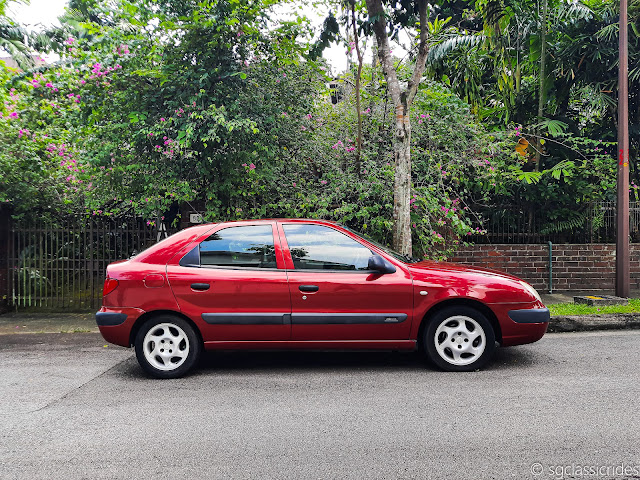As part of my clearing the archives, I finally found some momentum to dig some pictures from the archives..this 1964 Ford Galaxie 500/XL Club Victoria was something that i wanted to write about for a while!
First introduced in 1959, the Galaxie name denoted the highest trim level on the Ford Fairlane and was a mrketing attmept to appeal to the excitement surrounding the 'Space Race'. As such, 1959 Fords had the long name of Fairlane 500 Galaxie. Ford advertised safety features, with an optional seatbelt, padded dashboard and a deep-dished steering wheel. Bodywork changed over the years, with 1960 models having backward-facing A pillars and reduced tail fins for 1961. It also marked the return of the square-roof hardtop coupe known as the Galaxie Club Victoria.
In 1962, the Galaxie name was applied to all of Ford's full size models, with the Fairlane name shifted to an intermediate model. In an effort to stimulate midseason sales, Ford introduced a group of sporty cars along with a "Lively Ones" marketing campaign, which included the Galaxie 500/XL; Ford stated in the sales literature that XL stood for 'Xtra Lively'. 1962 models did not have any more tail fins, and the taillights were set lower in the rear panel. 1963 saw the reshaping of windshields and improved aerodynamics. In 1964, lap-style seatbelts became compulsory and XL models received new thin-shell bucket seats with chrome trim.
A few engine options were available, but this unit was powered by a 5766 cc (352 cu in) FE V8 engine, allowing it to reach a top speed of 184 km/h with an acceleration of 10.2 seconds [0-100 km/h]. It had dimensions of 5329 x 2032 x 1410 mm and weighed in at 1808 kg, with a fuel consumption of 21 litres / 100 km.
Production of the Galaxie line ended in 1974, with 58,306 Galaxie 500/XL Club Victoria coupes made in 1964. Ford of Australia did source Galaxies in late 1964 from Ford of Canada, and these units featured a different dashboard style compared to the US version like this unit. 1964 Galaxies were sold here previously with a retail price of 13,890 Malayan and British Borneo dollars (S$48,641 today), but only for the 6-cylinder 4-door sedan.This particular unit was assembled in Dallas, before it ended up in
Australia at some point in time and likely converted to RHD before
being imported here. It does not appear much however, but if you're lucky to catch this around, at least you will know a little more about this American oddity!









